Our Work
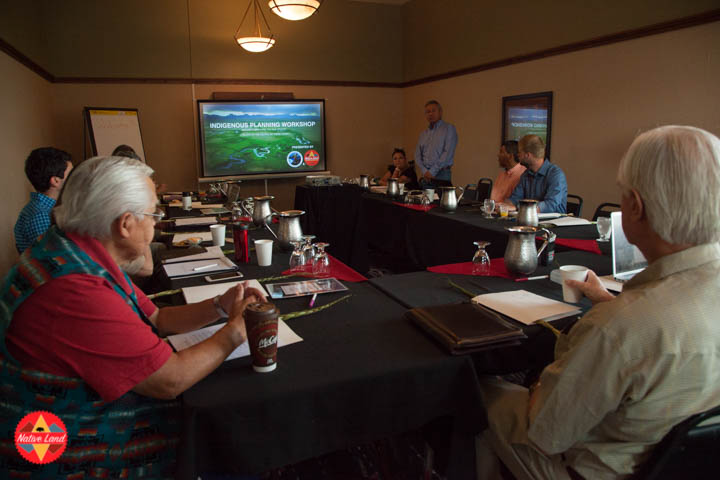
Current Research
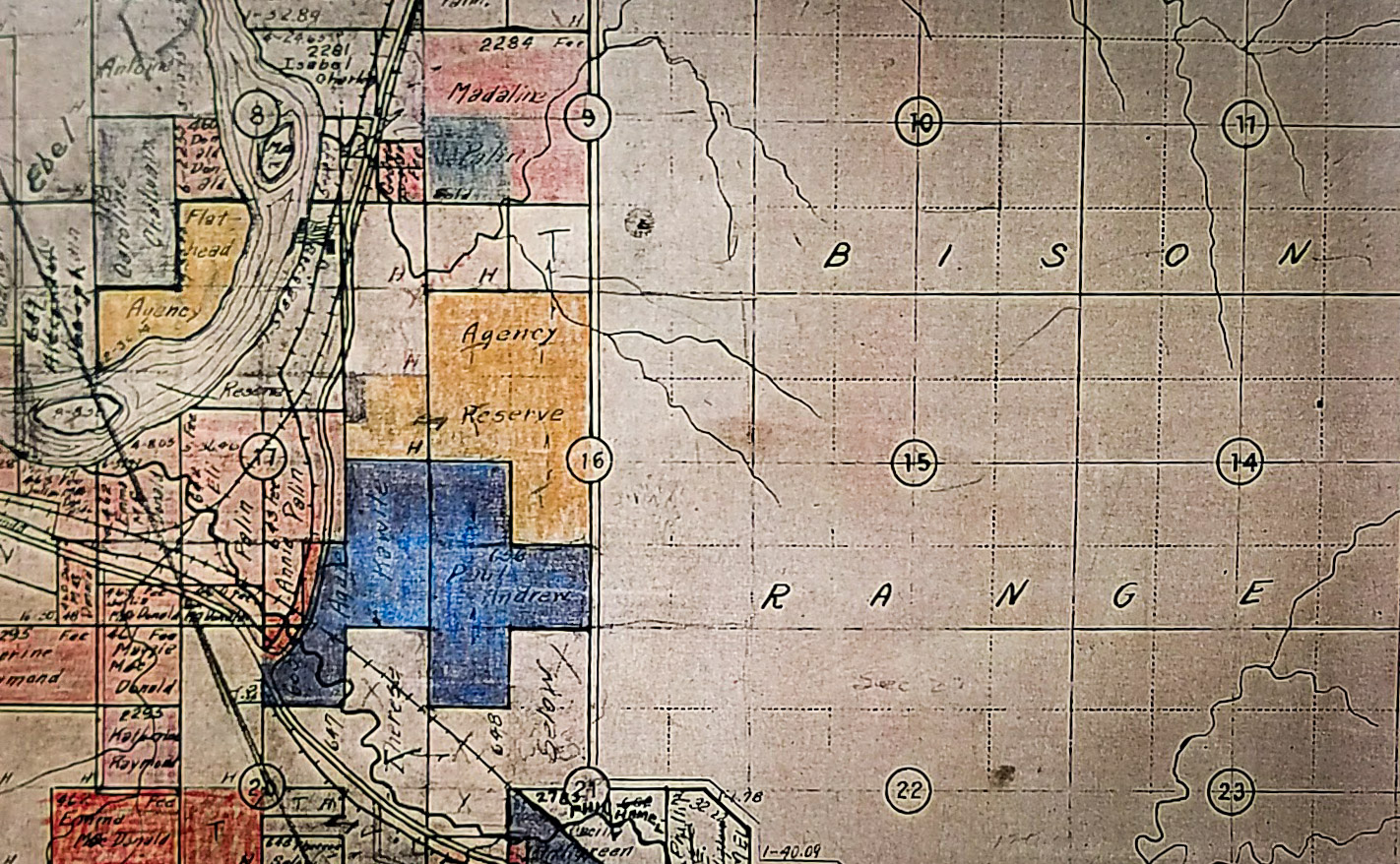
A Spatial Analysis of Human Development and Indian Land Tenure
At the research methodology level we are developing a mixed methods approach, using
publicly available US (and where available, Tribal) Census data and land ownership
(cadastral survey) data to create spatial visualizations of how human development
indicators relate to indigenous land tenure, especially after the Cobell Settlement
and subsequent buyback of 323,513 acres at Blackfeet alone.
Collection of preliminary indicators of economic well-being on the Blackfeet Indian
Reservation will be informed by social vulnerability indicators (SoVI) as well as
the UN Human Development Index (UNHDI) (Cutter, et al. 2003 and Sen 1985, respectively).
To offer explanations of how individuals are managing fractionation at the parcel
scale, spatial analysis will be supported by interviews and short surveys with Indian
landowners (Native Americans who own land that is held in trust by the federal government;
the term “Indian landowner” is a political/legal term used widely in federal policy,
regulations and case law) as well as land planners on reservations around the state.

Fractionation, Consolidation and Indigenous Planning Responses in Blackfeet Country
This article being co-authored with Blackfeet planners explores contemporary land
tenure on the Blackfeet Reservation. The Blackfeet Nation nearly doubled its tribal
trust land ownership in 2017, purchasing 323,513 acres in fractionated interests from
individual Indian landowners through the Cobell Settlement’s Land Buy Back Program.
Tribal leadership is therefore concerned to develop land management plans that reflect
the desires of its primary constituency: tribal members. At the request of, and in
collaboration with Blackfeet planners and tribal leadership, we developed a series
of survey questions designed to get at how people think about reservation land and
land tenure, particularly as these relate to the tribe’s efforts to develop land use
management plans around tribally owned land within the exterior boundaries of the
Reservation. Fractionated interests bought through the Land Buy Back Program nearly
doubled the amount of land over which tribal management plans can be directly effective.
For a tribal government trying to be responsive to its citizenry, on a reservation
where agriculture is the number one employer, in a county (Glacier) where nearly 73%
of farms are operated by American Indians, and agricultural uses cover almost 82%
of the land, a few of the statistics from these surveys are especially important.
For instance, of Blackfeet tribal members surveyed, 77% think that it’s important
for the tribal government to buy fractionated land interests (N=238, Blackfeet Survey
Question 3). And 84% think that land use planning is extremely important to the well-being
of the Blackfeet Nation (Blackfeet Survey Question #12).
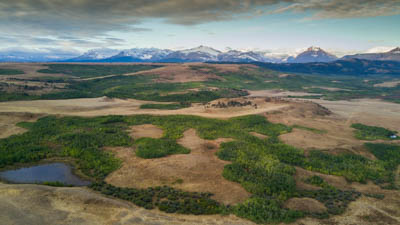
Principles of Blackfeet Conservation
Produced for fellow Indigenous planning practitioners, this synthesis shares core
principles and practices in conservation planning used by the Amskapi Pikuni (Blackfeet). This
nation, home to the late Elouise Cobell, has acquired more than 323,513 acres through
the Land Buy-Back Program for Tribal Nations. The Tribal Government was tasked with
creating new plans and policies around management of these newly acquired lands, as
well as multiple development objectives and modern Indigenous livelihoods. New and
ongoing plans covering agricultural resource management, land use, climate change
adaptation and Iinnii (Buffalo) reintroduction are used to illustrate these principles
through case studies in planning practice in a practical, visual and engaging way.
Grounded in best practices in strategic planning and reclaiming Indigenous planning,
the document contributes insights into the how one tribal government is integrating
conservation values, uses and systems in the creation of implementable tribal plans.
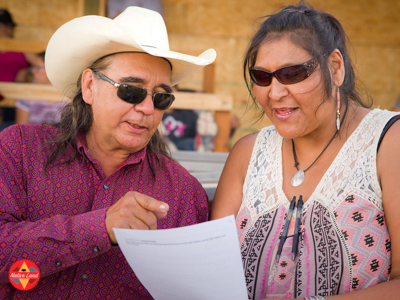
Indigenous Research Methodologies
Many organizations receive grant funding to implement projects or do research on reservations.
However, this work is often missing one crucial element: substantive partnerships
with tribes. Out of respect for indigenous land tenure and also with an eye towards
increasing the relevancy and efficacy of work or research done on tribal land, the
Blackfeet Nation has established protocols that require outside groups to actually
connect with tribal partners when they work on reservations. This effort reaches across
disciplines, governments, and jurisdictions to seek justice for indigenous land and
indigenous people.
Indigenous Research Methodologies (IRM’s) require that all research be done in a respectful way that is built on real relationships with community members and partners so that our work is deeply collaborative, relevant to the community being ‘researched’, and steeped in the spirit and practice of reciprocity. Guided by IRM’s, our focus is on the building of trusting relationships over time, and the development of an overarching research plan that reflects needs of the community and identifies areas of common interest and shared capacity. Regarding Blackfeet conservation, for instance, a guiding question we ask is “How can we facilitate what you are already doing or planning to do?” If we can’t facilitate or support, then we stay out of the way.
Presentations
Roundtable on the Crown of the Continent
Sept. 25-27, 2017
Presentation Title: “Agriculture and Land Stewardship on the Blackfeet Reservation”With Native Land Project facilitating, keynote speaker Loren BirdRattler showcased exciting new developments at the intersection of agriculture, conservation planning practice and research on the Blackfeet Reservation. With a holistic indigenous approach the Tribe is working to develop a Blackfeet Beef label which produces a better price per pound and also encourages good stewardship of grazing lands. Further, the tribe is using beaver mimicry approaches to improve the health of watersheds late season flows. The partnership with MSU’s Native Land Project will be used as a model for discussing the development of culturally sensitive research protocols, intellectual property protection for traditional knowledge and other best practices in developing fully fledged partnerships for research on Indigenous land.
American Indigenous Research Association 2017 Meeting
Oct. 19-21, 2017
Presentation Title: “Seeking Justice for Indigenous Land and Indigenous People's: the Blackfeet MSU Native Land Project Partnership"Many outside organizations and NGOs receive grant funding to implement projects or do research on reservations. However, this work is often missing one crucial element: substantive partnerships with tribes. Out of respect for indigenous land tenure and also with an eye towards increasing the relevancy and efficacy of work or research done on tribal land, the Blackfeet Nation has established protocols that require outside groups to actually connect with tribal partners when they work on reservations. This effort reaches across disciplines, governments, and jurisdictions to seek justice for indigenous land and indigenous people/s. A partnership with MSU’s Native Land Project serves as example.
Outreach and Engagement
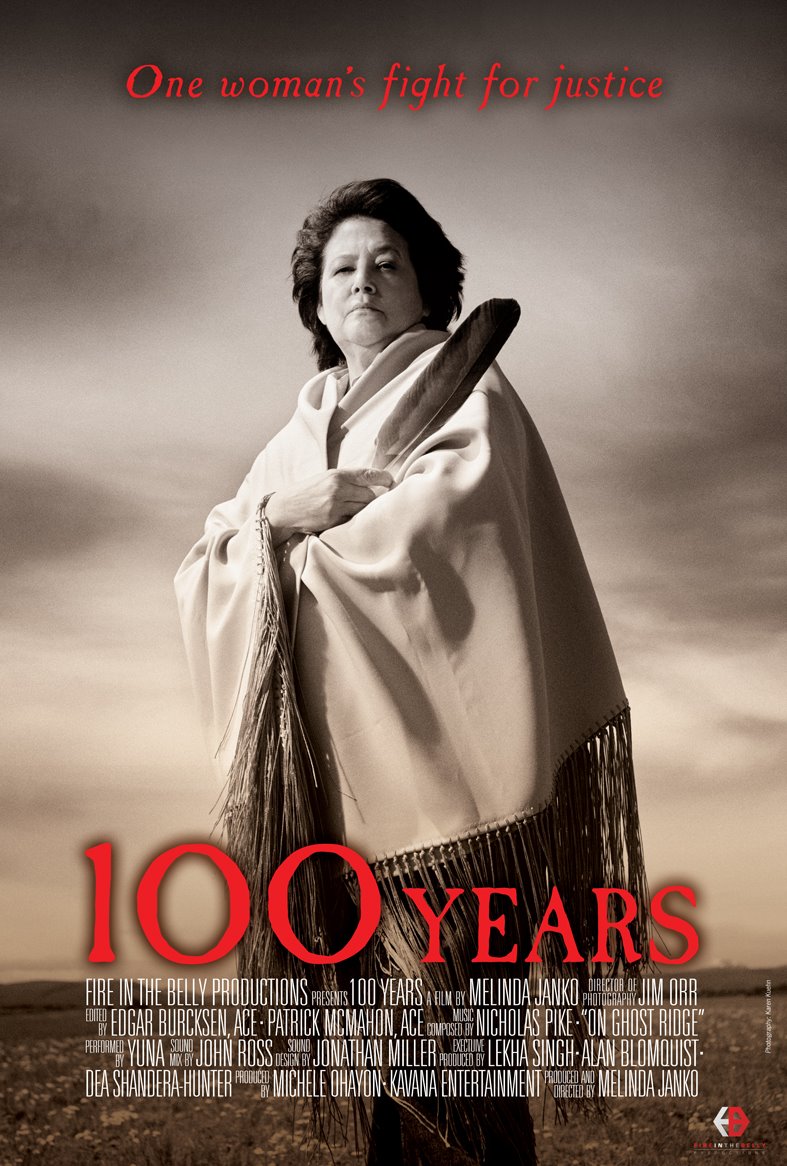
Public screening of the award winning film, "100 Years: One Woman's Fight for Justice" and Amskapi Pikuni Panel
On October 12, 2017 the Native Land Project hosted a screening of the film "100 Years"
at the Hager Auditorium, Museum of the Rockies at MSU-Bozeman.
The film was followed by an interactive panel of Blackfeet tribal leaders, planners
and educators who discussed her living legacy, the supreme court decision and current
planning efforts on the land with the Niitsitapi (Blackfeet) people. More than 200
people attended the standing room only event. This event was free and open to the
public. If you couldn't make it to the event, please check out the following resources:
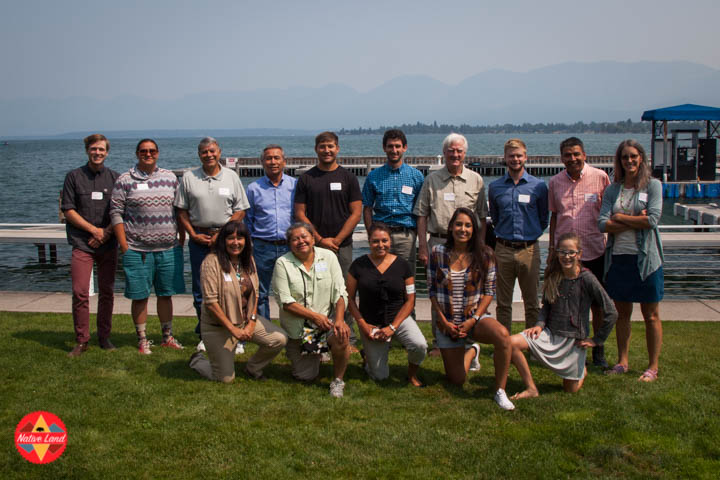
2017 Indigenous Planning Workshop
In early August, 2017 we invited Indigenous planners from a few of the reservations around Montana to share
their experiences and expertise in a facilitated, one-day gathering at the KwaTaqNuk
Resort on the Flathead Indian Reservation.
Hosted by the Confederated Salish Kootenai Tribe and that Tribe's land department, the workshop began conversation around best practices and challenges in Indigenous
land planning and tenure within the region today. The workshop helped us to contemplate
new and creative approaches to address land tenure issues from Indigenous perspectives
and to how frame MSU faculty, staff and students support for Indigenous land planning
on reservations around the state and region. Breakout groups and a short field trip
to a property of focus offered rich insight and discussion of current issues and solutions
to pressing tenure and planning issues in the region.
Workshop participants expressed the need for an intertribal exchange or network to connect Indigenous-led research with both research funding and community applications. Additionally professional development opportunities, equitable research collaboration and resource sharing, an information clearinghouse, and support for self administered tribal census and surveying were discussed. Concerns over the ownership, use and abuse of data were central, as was the conversation around Indigenous Research Methodologies. Participants (including facilitators) left with expanded knowledge of Indigenous planning successes and failures. Workshop facilitators received valuable feedback on the Native Land Projects current efforts to develop curriculum and research relevant to tribal planning. Interested participants from this initial working group will become founding members of an Indigenous Planners Network and will have access to an online Indigenous planning information clearinghouse to be housed under MSU's new Native Land Project.
